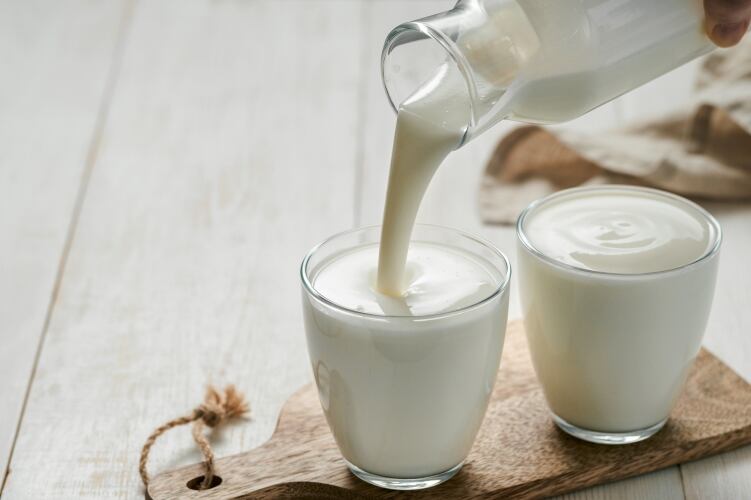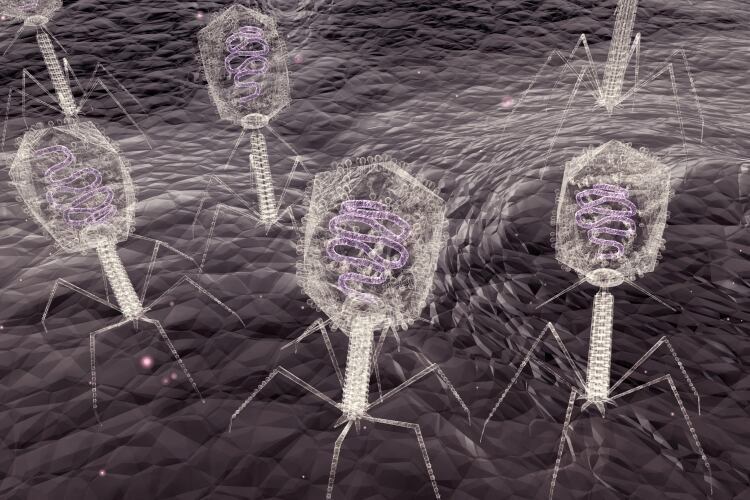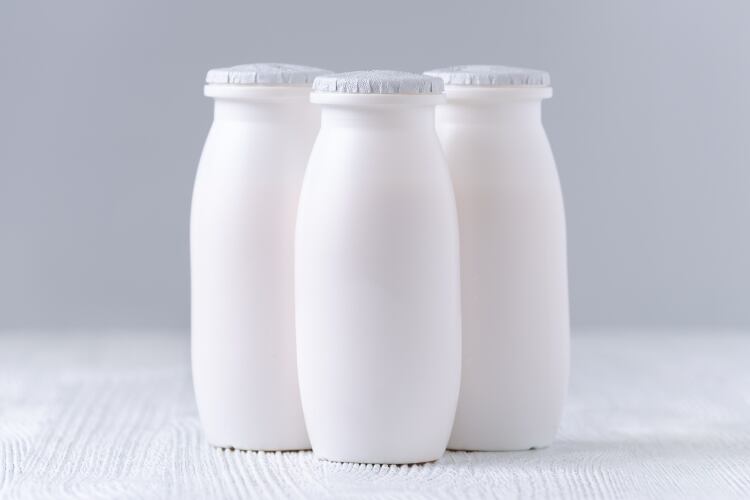Now, after years of battling for consumer approval, new allies have emerged to help manufacturers resolve their issues once and for all – and bring extra value to the constantly expanding high-protein market.
The dairy industry’s new best friends come from two sources. One is the enzyme technology driven by the demand for more and better lactose-free dairy products with a tailored texture. The other is the outcome of the continuous pursuit for ultra-mild yogurt cultures.
By merging these enzyme and culture solutions, manufacturers are looking at opportunities to produce high-protein drinking yogurt and skyr that match a multitude of consumer expectations. Less added sugar, more fiber and a cleaner product label are among the added bonuses. Above all, taste and texture are vastly improved.
The mother of all issues
Ever since high-protein drinking yogurts began their rise to popularity, it has been no secret the mother of all issues is the protein itself. As the thickening effect of the protein is bad news for any product that presumes to be drinkable, the amount of protein that manufacturers can add has been naturally limited. Heat treatment introduces a further risk of protein denaturation, damage that can lead to that unpleasant sandy texture.
Dairy manufacturers have long had an arsenal of enzymes in their toolbox to modify the proteins and reduce viscosity. But use of enzymes often has a negative domino effect on taste. A masking solution must then be added to mask bitter off-notes.
Sensory differentiation
At IFF, application scientist Jacob Ewert is part of a team that has been working with a new generation of enzymes to overcome the sensory challenges and provide openings for product differentiation. The initial source of inspiration was the rise in demand high-protein products with a reduced viscosity.
“Whenever we work on projects like this, our primary goal is to remove the limitations of existing commercial solutions. In this case, we focused on developing a natural enzyme that was able to control viscosity and sandiness in high-protein products without negative impacts on flavor or fermentation times,” Ewert said.
The outcome is a protein-acting protease that enables manufacturers to produce a wide range of high-protein dairy products. Used in the production of drinking yogurt, it delivers a light mouthfeel and viscosity with no off-taste.
Less sugar, more fiber
The development of new lactase enzymes for lactose-free dairy has created further possibilities for product differentiation. By releasing the milk sugars glucose and galactose, the lactose-modifying processes naturally increase sweetness and create an open opportunity for manufacturers to put a reduced or no added sugar claim on the label.
Ewert said the most recent advance in lactase technology goes even further, making it possible to reduce the lactose and simultaneously polymerize the galactose.
“This polymerization is a natural, in situ process where a galactose unit is transferred to another lactose molecule, forming so-called galactooligosaccharides (GOS), which are dietary fibers. In this way, manufacturers can reduce the sugar content of plain yoghurt by at least 35% while generating up to 2% natural fiber directly in their product.”
From acidic to ultra-mild
At a time when high-protein drinking yogurts are vying for consumer attention, the new enzymes are proving to be true catalysts of added value. Equally importantly, they work well with the latest starter culture developments.
IFF’s principal application specialist and fermentation expert Kirsten Lauridsen said the continuous push for ultra-mild cultures is behind a solution to excessive acidity in high-protein yogurt production.
“Acidity is a frequent problem in high-protein drinking yogurt and skyr products simply due to their much higher protein content. Our latest cultures for this purpose add another layer of mildness to what was previously possible,” Lauridsen said.
“When talking about cultures for drinking yogurt, we also have to consider the likelihood of exopolysaccharide (EPS) formation. While this is a welcome feature in indulgent, spoonable yogurts, a medium EPS-forming culture is a clear advantage in drinkable products, which must be smooth and refreshing.”
Sensory evaluation trials have linked the mildness of these new cultures to a higher sweetness perception – and another possibility to reduce added sugar. The risk of post-acidification is also minimal, ensuring a stable mild taste throughout shelf life.
A simply friendly label
Overall, the combination of new dairy enzymes and ultra-mild cultures eliminates the need for further masking or texture-regulating solutions to maximize final product appeal. In addition to a more consumer-friendly label, manufacturers can look forward to a simpler recipe and improved production flexibility and throughput. Fast and uniform fermentation, efficient lactose conversion and tailored viscosity are on the list of processing advantages.
In a competitive market, the best challenge crunchers are the easiest to employ. The latest dairy ingredient technology provides everything necessary to meet today’s evolving consumer needs, simply and naturally – making great sensory experiences the constant number one.




